guide
Winterizing Your Swimming Pool: A Beginner’s Guide
Published
3 years agoon
By
admin
swimming pool
We will explain to you how to make your pool really winter-proof, provided it is a so-called winterproof pool – i.e. a model that can be wintered outside. Our instructions show you step by step on how to winterize the pool and what is important. There are lots of tips from us that have proven themselves in practice.
When it rains acorns and chestnuts from the trees, autumn has come. Not long now and he will be driven away from winter. The bathing season is over for normal bathers. For your pool, which you may even have bought in our online shop, this means: It’s time to make it winter-proof so that you can splash and swim in it again in the coming summer.
What is the difference: winterized pool vs. summer pool?
When you buy a garden pool, you decide whether you want to leave your pool in the garden all year round or just set it up for the bathing season and then spend the winter in a sheltered place. Winter-proof pools are designed, for example, thanks to robust steel walls, so that temperature changes, frost and winter precipitation do not affect them.
The rule is: only the hardy pools remain in the garden in winter. Non-winter-proof garden pools (pure summer pools), on the other hand, which usually only have steel frames, must be stored dry and frost-free in winter, for example in the storage room in your garden house or in the winter-proof garage.
When is the right time to winterize the pool?
Your garden pool should definitely be winterized before the first frost. This ensures that it does not suffer any frost damage. The best time to winterize your pool is when the swimming season is over, and you are sure that it will now be cooler, and that autumn will slowly come in.
Leaving water in the pool: yes, or no?
For winter-proof pools (also called outdoor pools), it is generally the case that they always overwinter with water in the pool. Because the water present in the pool protects the lining of the pool not only from winter weather but also from pollution. But: If you leave the water in the pool over the winter, you have to prepare it for its protective function as well as possible. And it works like this:
Winterizing the pool – instructions and practical tips
In the following, we will show you step-by-step instructions that you should take to heart when preparing your pool for the winter. Otherwise, there is a risk of damage to the pool, and in the worst case, the pool will become unusable.
Winterizing the pool – step 1: cleaning the pool
The pool water should be clean for the winter. For you, it means thoroughly cleaning the pool (walls and floor). In the simplest case, this can be done with a special pool sponge and the appropriate cleaning agents against lime and dirt. Are you the owner of a cleaning robot? Then use it to winterize the pool! Our guide to pool cleaning shows you exactly how it’s done. Get more information about pool inspection.
Winterizing the pool – step 2: cleaning the pool water
Clean the pool water as you normally would. Leaves and branches can be fished out of the water with a landing net.
Our tip: get water toys, ladders, hoses, mobile pool lights, filters and pumps out of the water, clean and dry them and store your accessories in winter-proof storage.
Winterizing the pool – Step 3: Winterizing the water
The water in the pool should be chemically prepared for wintering in order to prevent unwanted calcium deposits and algae formation. Three values are particularly important:
Set the correct TA value
Determine the current TA value (TA stands for the English expression “Total Alkalinity”, in German: “Total alkalinity”). This can be done with standard test strips or electronic measuring devices. The TA value provides information about the ability of the pool water to compensate for a varying pH value. At best it is between 100 and 150 ppm. To reach this target value, you can increase or decrease the current TA value.
Our tip: The former can be achieved with sodium hydrogen carbonate or a special pH plus agent. For the latter, reach for dilute hydrochloric acid or sodium bisulfate. Always follow the manufacturer’s instructions on the packaging!
Set the correct pH
Next, measure the pH of the pool water. For example, with control strips that you can get at the pharmacy. The pH should be between 7.0 and 7.4 at best. Higher pH values quickly lead to limescale deposits, while water with a lower pH value attacks metallic pool parts and mortar in joints.
You can set the pH target value with commercially available pH value reducers and increases, which are available in granulated, powdered or liquid form.
Set the correct chlorine value
The third in the league is the chlorine value. The target value is 0.3 to 0.6 mg / l for so-called free chlorine and a maximum of 0.2 mg / l for combined chlorine. Higher chlorine values can lead to corrosion of stainless-steel pool components. Lower ones are not effective enough against bacteria and layers that the pool water tips over The obviously deteriorated water quality quickly becomes noticeable with a very bad smell.
Our tip: In stores, you will also find special additives, also called winter agents, that you can add to the water in your pool in addition to the chemicals mentioned above. They suppress the growth of algae and reduce limescale loss. Attention: The winter agents are not antifreeze agents!
Winterizing the pool – step 4: lowering the water level
When there is frost, the pool water in your pool freezes to ice. The volume expands in the process. If there is not enough space in the pool for this, the ice presses on the pool walls and also into pipes, which can be damaged in the process. Therefore, you should definitely drain some pool water. You can do this with a vacuum cleaner or a submersible pump. At best, the water is then 10 cm below the deepest nozzle or the skimmer (dirt collecting device).
Our tip: In stores, you can also get so-called ice pressure pads, which are supposed to prevent pressure damage. They come either to the pool walls or once in the middle like a diameter through the pool. In addition, the pads help the ice to thaw faster in spring. An inexpensive alternative to the commercially available ice pressure pads made from home remedies is presented in the video:
Winterizing the pool – Step 5: Cover the pool
Finally, you should cover the pool. Not only to keep dirt off but above all: extra water. The protective cover, available for sale as a very inexpensive pool tarpaulin or pool cover or more expensive inflatable pool tarpaulin, fits best when it fits your pool exactly. More luxurious covers, such as sliding halls or roll protection, add additional functions to cover, for example, child safety at the pool.
Therefore, ask for a custom-fit protective cover when purchasing the pool. This should be easy to attach to the pool. Otherwise, the autumn and winter storms would blow them away. Or the hood would be under the weight of rainwater; Snow or meltwater slide into the pool.
Our tip: check the winterized pool regularly. So you can intervene in good time if the protective coverslips and the pool water level rises undesirably as a result.
You will thus know the procedure for winterizing the pool. And should, if possible, take action before the first frost sets in. I wish you success!
Are you looking for additional inspiration around swimming pools in the garden? Then take a look at our Pinterest board about the garden house and pond. On Pinterest we have also put together a large number of beautiful boards on the subject of houses, gardens and garden shed for you.
You may like
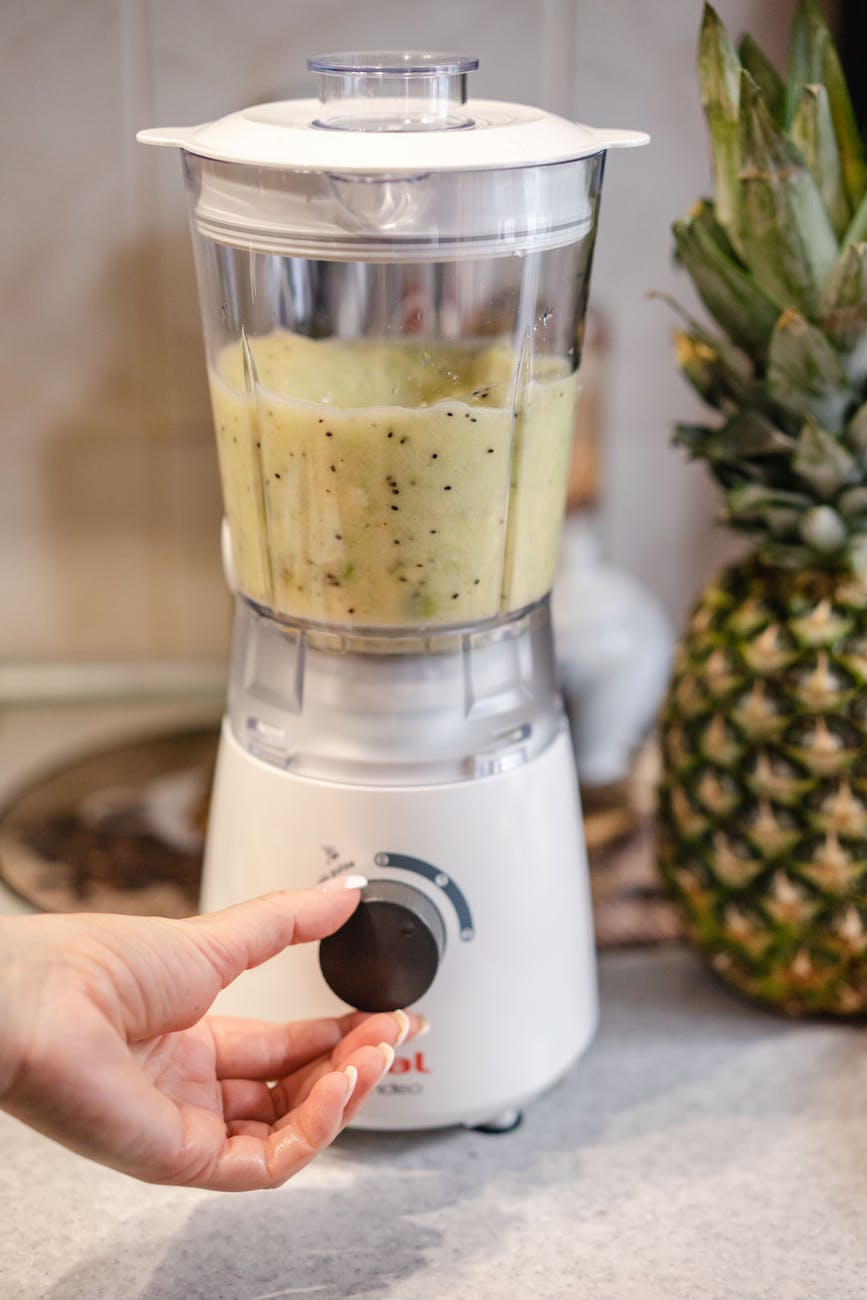
JUICER
A juicer is a kitchen appliance that extracts juice from fruits and vegetables. There are different types of juicers on the market, so it’s important to know which one is right for you. Some are better for making fresh juice, while others are better for making smoothies. If you’re looking for a new way to add more fruits and vegetables to your diet, a juicer may be just what you need.
When you’re looking for a juicer, there are so many choices to make. How much should you spend? What type of juicer is best for you? In this blog post, we’ll help you narrow down the options and find the perfect juicer for your needs. We’ll talk about the different types of juicers available and what each one can do for you. So whether you’re a beginner or an experienced juicer, read on to learn more!
How Often Do You Plan On Using The Juicer?
As any health enthusiast knows, juicing is a great way to get your daily dose of fruits and vegetables. Not only is it a convenient way to consume more produce, but it also allows you to extract the maximum amount of nutrients from each piece of fruit or vegetable. However, juicing can also be time-consuming and expensive. If you’re only planning on juicing occasional, then it might not be worth the investment. On the other hand, if you’re planning on juicing every day, then commercial juicers could be a great addition to your kitchen. Ultimately, the frequency with which you plan on using the juicer will be the deciding factor in whether or not it’s worth the purchase.
What Type Of Product Will You Be Juicing Most Often?
When it comes to juicing, there are a few things to consider. First, what type of juicer do you need? There are two main types of juicers: centrifugal and masticating. Centrifugal juicers are less expensive and easier to use, but they aren’t as efficient at juicing leafy greens. Masticating juicers are more expensive, but they extract more juice and preserve more nutrients. If you’re planning on juicing mostly fruits and vegetables, a centrifugal juicer will be fine. But if you want to do a lot of leafy green juicing, a masticating juicer is the way to go.
Second, what type of product will you be juicing? If you’re only interested in juicing fruits and vegetables, any type of juicer will work. But if you want to juice wheatgrass or other leafy greens, you’ll need a masticating juicer. Masticating juicers are also better at handling frozen fruits and vegetables. So if you’re looking for a versatile machine that can handle anything from carrots to frozen strawberries, a masticating juicer is the way to go.
How Much Space Do You Have To Store The Juicer?
When it comes to juicers, one of the most important considerations is how much counter space you have available. If you’re short on space, you may want to consider a smaller model that can be stored away when not in use. However, if you have plenty of counter space, you may want to opt for a larger model that can handle more fruits and vegetables at once. Another important consideration is how easy the juicer is to clean. Some models have detachable parts that can be washed in the dishwasher, while others require more manual cleaning. Be sure to choose a juicer that fits your needs in terms of both counter space and cleaning ease.
What Is Your Budget For A Juicer Purchase?
When it comes to juicers, there is a wide range of prices to choose from. Some basic models are quite affordable, while those with more feature-rich juicers can be quite expensive. So, what should you consider when deciding how much to spend on a juicer?
Firstly, think about how often you plan to use the juicer. If you’re only going to make the occasional smoothie or juice, then a basic model will probably suffice. On the other hand, if you’re planning on using your juicer regularly, then it’s worth investing in a higher-quality model that will last longer and produce better results.
Secondly, consider what type of juicer you want. There are many different types of juicers on the market, from centrifugal juicers to masticating juicers. Each type has its own set of advantages and disadvantages, so it’s worth doing some research to find out which type is best suited to your needs.
Lastly, take into account any special features that you might want in a juicer. Some newer models come with built-in food processors or other attachments that can be handy if you plan on doing more than just juicing with your machine. Of course, these extra features will add to the overall cost of the juicer, so only choose them if you feel they are truly necessary.
By taking all of these factors into consideration, you can decide how much to budget for your juicer purchase. Ultimately, the amount you spend should be based on your personal needs and preferences.
Do You Want A Manual Or Electric Juicer Model?
Deciding whether to buy a manual or electric juicer can be a tough decision. If you’re looking for a juicer that is fast and easy to use, an electric model is probably your best bet. However, electric juicers can be more expensive than manual models, and they sometimes require special attachments in order to work properly. If you’re looking for a juicer that is more affordable and easy to store, a manual model is probably the way to go. Manual juicers can be a bit more time-consuming to use than electric models, but they are typically much less expensive. Ultimately, the decision of which type of juicer to buy depends on your personal preferences and budget.
In Conclusion
After considering these five main factors, the juicer that is best for you may become clearer. If you are someone who plans on using a juicer every day and wants to juice a wide variety of fruits and vegetables, then an electric model would be your best bet. However, if you are tight on space or have a smaller budget, then a manual model could be perfect for you. No matter what type of juicer you choose, make sure to read the reviews before purchasing so that you can ensure quality and satisfaction with your purchase!
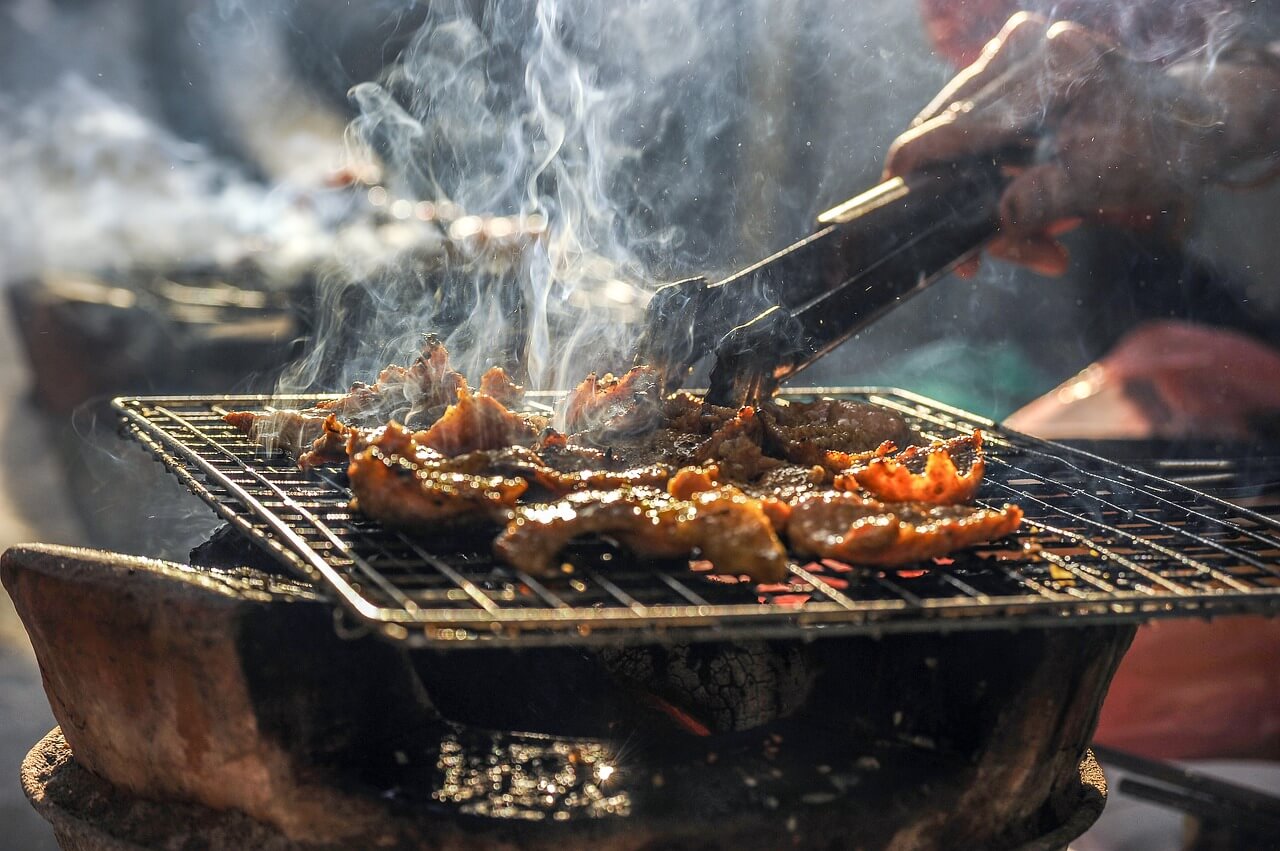
BBQ
Summertime is all about relaxing, friends and family, and sharing good food and good times. One of the best things about summer is the grilling. There is nothing better than the smell of barbeque meat in the air. However, summer is also a time for sun exposure, which can lead to sunburned skin.
If you want to enjoy barbeque season without the hassle of sunburn and without spending too much time in the sun, read this article to learn how you can set up an indoor BBQ with minimal effort.
What are the benefits of an indoor BBQ?
Whether you live in the city or the country, an indoor barbecue is a great way to enjoy your summer. There are many benefits to having an indoor BBQ. First, it is great for the family to be able to enjoy the summer weather and cook food together. It is also a great way to spend time with friends and family on those hot summer days.
It is also a great way to cook food for parties and events. In addition, it is also a great way to keep your home cool during the summer. Lastly, it is a great way to cook food without a lot of mess.
How to set up an indoor BBQ
Setting up a BBQ is a fun and easy way to enjoy a summer afternoon. There are occasions though whether it is too hot or raining when you cannot enjoy your BBQ outside. This is when an indoor BBQ comes in handy. There are many things you will need to set up a great indoor BBQ, but this article will give you the information and knowledge you need to have a great time.
What is the equipment you will need
In order to set up an indoor barbecue, there are some things that you will need. The first thing you will need is an indoor smokeless grill. An electric grill can provide the great barbecue experience you want without having to tamper with smelly charcoal and messy propane tanks. There are many different models and features so make sure to take time to research before purchasing. Pat’s offers a great guide on what to look for in an indoor grill here. It will allow you to cook easily indoors and some models are versatile enough to be used inside and out.
The second thing you will need is of course some great meat for grilling. You can either buy some marinated or ready made burgers or steak, or you can be a bit adventurous, and try something new. This is the perfect time to try a new recipe that you have been thinking about.
If you are having guests that are vegetarians, you may also want to consider some non-meat courses. One of my favorites to make on the grill is a vegan quesadilla, you can get the recipe from this site. It is easy to make and tastes great.
For any successful barbecue you will also need some great side dishes. Whether your main course is chicken, turkey, or other meat you will want to have a wide selection of great side dishes. Many vegetables you can cook on your indoor grill . The best advice for these side dishes is to always stick with the classic.
Lastly, you will need a great beverage and wine to set the mood. Be sure to have a few different wines on your table so that you can sample a wide variety of wines. This will keep your guests happy and guessing what the next wine is going to taste like.
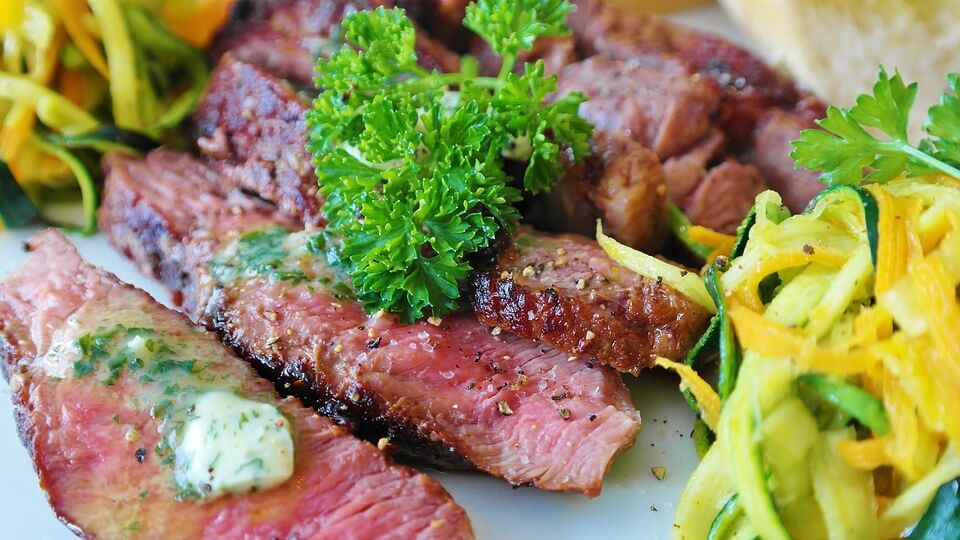
BBQ
How long does it take to set up an indoor BBQ?
If you are in a hurry, and want to get your indoor BBQ up and running as soon as possible it will not take too long. If you already have grill tools on hand, then you can be grilling in no time at all.
A smokeless grill will usually come up to temperature within a few minutes of turning it on. This will vary by the model you have, but typically the temperature will reach 350 degrees in no more than 30 minutes. As an example, my Ninja Foodie grill takes approximately 10 minutes to reach 350 degrees.
Once your smokeless grill is up to temperature you can begin preheating your bbq cooker and start grilling on it as well. Once you are ready to eat you simply remove the meat from the grill and apply BBQ sauce or ketchup.
How to maintain an Electric BBQ Grill
Most indoor grills offer a non-stick surface so cleanup is usually a breeze. There are a few things that you will want to be careful about.
One thing to keep in mind is that some indoor grills may not handle the heat as well as an outdoor grill does. If you are attempting to cook a large steak, for instance, it would be best to cook it outdoors and then transfer it into the indoor grill for serving. Always use your indoor BBQ grill with care so that you do not ruin the non-stick surface or cause damage to the unit itself.
Are There Any Other Benefits to Using An Indoor Grill?
Grilling indoors during the summer is a great way to enjoy your BBQ without a lot of hassle. There are many other benefits to using an indoor grill.
Not only can you enjoy your food without the sun, but you can also avoid some of the bugs that come out at night. If you want to impress your guests with great grilled food, an indoor grille may be the perfect solution for you.
An indoor grill can also be healthier as many have features to drain and remove grease from the meat. This is a great feature for those who want to avoid consuming a lot of fats and oils. In addition, indoor grills do not generate a lot of smoke, so you will not have to worry about breathing in all that toxic smoke coming from an outdoor grill.
Conclusion
In conclusion, an indoor barbecue is a fantastic way to enjoy your summer. You get the great taste of barbecue without worrying about sunburn or sticking to your grill. It is also a great way to cook inside on those rainy or hot days that do not make grilling outside an option.
If you follow the tips in this article, and have all the right equipment, you will have a great time setting up your indoor grill and cooking some of your favorite meats at home.
Education
Beginners Guide to Getting Started in Barbeque
Published
2 years agoon
February 15, 2022By
admin
Barbeque
Before you break out the grill and start cooking up some barbecue for tonight’s game, be sure to check out our Beginners Guide to Getting Started in Barbeque. Learn everything from the first step of what type of equipment is needed to tips on grilling anything off your grill. Give your family and friends a taste of some of the great barbecue from around the world today without breaking your wallet.
Below you can find our Beginners Guide to Getting Started in Barbeque.
What You’ll Need
Depending on your personal preferences, there are a wide variety of grill styles to choose from. No matter what grill you choose, you will need the following supplies:
Barbeque Grill
You will need a grill to put the coals on, of course. The average price of a basic bbq grill is $100.00 and can go up to several thousand dollars for smokers that are used for competition purposes. There are a wide variety of grill styles to choose from. The most popular include:
- Charcoal Barbeque Grills
- Propane Gas Barbeque Grills
- Electric Barbeque Grills
- Smokers
No matter which style of grill you choose, make sure the grill you get is big enough for what you plan on cooking. This will vary between the different types of grills since some cooking method require more space than others do. You can learn more about grills on a variety of grilling and smoking specific sites like Pat’s Bar and Grill. The most common is the charcoal bbq grill which takes up about 180 square inches and the propane gas bbq grill which takes up about 250 square inches.
In addition to a grill you will need other supplies such as the following:
- Fuel (Propane Tank, Charcoal or Wood)
- BBQ Rubs & Marinades
- Starter (for Charcoal Grills)
- Grill brushes (for Charcoal Grills)
- Grill gloves
- Quality Cuts of Meat
Grilling Basics
To get start grilling, you will want to warm-up the grill to get it ready to use. Here’s how for a charcoal grill:
1. Fill all the burners with one-third of a tank of liquid charcoal (also referred to as briquettes) or wood chunks, whichever you prefer. This amount is enough for about four hours of cooking time on average, so start low if you don’t have a large grill. You may need more if your fire is smaller or spread across many coals.
2. Light the coals or wood chunks with a lighter, then cover the grill and let it sit for about 10 minutes.
3. Uncover the grill, adjust all the burners to medium heat and allow 30 minutes to an hour for the grill to heat up fully.
4. Half-fill a spray bottle with water and lightly mist your food (especially any of your spicier cooked items) as you place it on the grill to keep them moist while they cook and to help them brown better.
5. After about three-quarters of the cook time is over, spray your food again with water. This will help it stay moist while cooking and give it a nice glaze as it cooks.
6. If you need to add more coals or wood chunks, do so about halfway through your cook time. If you leave them on the grill for too long, they will burn, or smolder and smoke a lot rather than actually producing heat.
Tips and Tricks for Grilling
Below we have prepared some great BBQ tips and tricks to help get you started.
Prepare your grill the night before or first thing in the morning and let it sit for a few hours. This will allow the coals to get hot and the grill to heat up so you get a good cook. If you just light your bbq up an right before dinner, there’s a good chance you won’t have enough heat to really cook well.
Make sure you know how to choose a great cut of meat. This can make a big difference in the taste of your meal. For example, if you use a less flavorful cut or a poor quality, it will lack flavor. In addition, there are different cuts of meat that work better for smoking vs grilling.
Make sure to allow the entire amount of time you set aside for the bbq to cook. It might take longer if the weather isn’t right or if you cut up an already tough part of meat and haven’t allowed enough time for it to cook all the way through.
Foil will work well to keep your food moist while on the grill and avoid flare ups, but it doesn’t do a great job keeping things warm. Try not to take too much food out of the oven or you run into problems with the food drying out, getting cold and losing flavor in the process.
If you have a very high heat bbq grill, use reflective foil to keep the heat in. This will also help you avoid flare-ups and help you cook things quickly.
When grilling, use a thermometer to make sure your food cooks properly. For example, if you are cooking a burger medium rare, it should be cooked to about 140F.
Many people make the mistake of trying to grill sweet things like chicken at too high a heat. This can give them a burnt taste, or make them dry or tough if they are pre-cooked or thrown on at too high of a temperature.
You will want to watch your food closely while cooking it so you don’t overcook any of the pieces, especially vegetables. You don’t want them to overcook and become bland or burnt.
If you want to make great barbecue, you need a good supply of wood chunks. They add the smoke flavor and the heat so it will make a better tasting meat, or vegetables anyway. When making a batch of chicken, you will want to use about 2-3 pounds of wood per two pounds of chicken.
Conclusion
Now you’re ready to start grilling, just remember these basic steps and get your grill fired up. Practice is important when it comes to grilling, so experiment with different cuts of meat and styles of cooking. Try some new flavors while you are at it! It’s also a good idea to write down all your recipes in order for you to have them ready next time you fire up the grill.
Well, that’s about it on how to get ready to cook barbecue. We hope you have a great time grilling and cooking some delicious food!
Trending

 Organic3 years ago
Organic3 years agoEatMyBananas.com Shares A Shocking Ingredient In One Of Their Local Dishes

 Food4 years ago
Food4 years agoFood Web Creator (Maker)

 guide3 years ago
guide3 years ago12 Super Fresh and Easy Summer Recipes
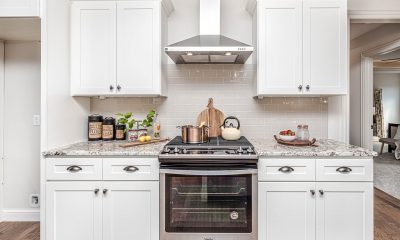
 Education2 years ago
Education2 years agoWhat is an Induction Oven & How Does it Work?
- Germany-De3 years ago
Kürbissuppe – Rezept Cremig Geröstete

 Fruits3 years ago
Fruits3 years agoTop 10 Fruits for Weight Loss
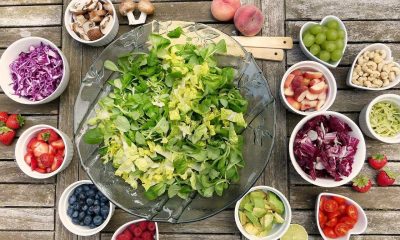
 Organic3 years ago
Organic3 years agoWhat is a healthy diet?

 Food3 years ago
Food3 years agoMango Juice
